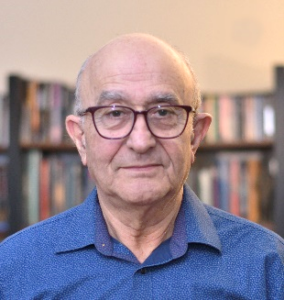Summary
Sputter deposition is a mature technique for low-temperature synthesis of high-quality films. It employs ion-solid interaction at the target to produce a high-energy flux of deposited atom as well as at the substrate to control film composition, structure and properties. The fundamental aspects of this techniques are based on a wealth of ion solid interactions which will be elucidated in this module.
Topics
- Useful formulas from the kinetic theory of gases and plasma physics
- Measurement of ion fluxes and ion energy
- Glow Discharge Maintenance
- Secondary ion-electron emission
- Electron ionization cross-section
- Sputtering Yield
- Linear cascade model
- Correction for threshold effects
- Sputtering efficiency
- Energy of sputtered atoms
- Other energetic particle
- Transport in the gas phase
- Sputtering Systems
- Diode and triode sputtering
- Magnetron sputtering
- HIPIMS, as a source of energetic metal ions
- Use of Ion-Solid Interaction to Control Microstructure; a recall from module T3.1
- Use of energetic gas ions
- Use of high fluxes, low energy gas ions
- Use of light metal ions
- Use of heavy metal ions
Instructor
Ivan Petrov
PhD, D.h.c., Professor
Materials Research Laboratory, Univ. of Illinois at Urbana-Champaign, USA
Department of Physics, Linköping University, Sweden


